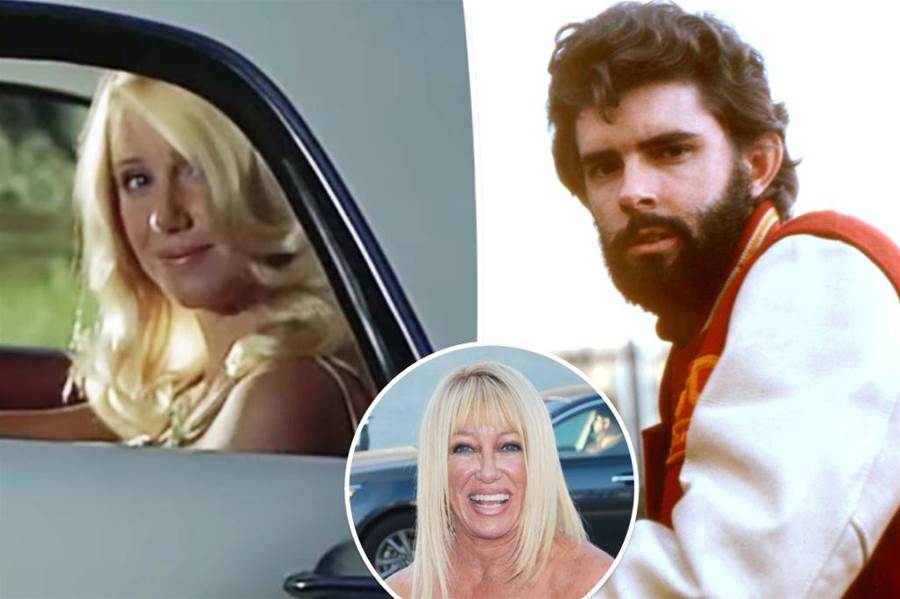

What a challenging situation Suzanne Somers found herself in! The actress nearly gave up on the movie role that kickstarted her career because she couldn't afford to feed an expired parking meter. At the age of 76, Somers reveals exclusively to Page Six that when she auditioned for the iconic 1973 film "American Graffiti," directed by the legendary George Lucas of "Star Wars" fame, she had no clue who he was. In a room filled with other unknown talents, Somers had more pressing matters on her mind than potential stardom.
Waiting anxiously in the crowded waiting room with a group of blondes, Somers contemplated leaving as her parking meter time dwindled.
However, just as she was about to give up, the casting assistant asked her to wait a little longer, mentioning that Lucas liked her photo. Taking a chance on her expiring parking meter, Somers decided to wait it out.
Upon entering the room to meet Lucas, she was taken aback by his straightforward question, "Can you drive?" Without hesitation, she responded positively. To her surprise, that was all Lucas needed to hear. Somers recalls her shock when her agent informed her that she had landed the part. Now, half a century later, the teenage movie is celebrating its 50th anniversary.

Somers' role in "American Graffiti" was her first credited role, portraying "Blonde in T-Bird." Little did she know then that this minuscule part would eventually lead her to the career-defining role of Chrissy Snow in the 1970s sitcom “Three's Company.”Speaking about her limited part in "American Graffiti," Somers mentions, "I only had three words in the entire film, 'I love you.' I practiced all day in the mirror. I waited all night on set and met the other actors – a bunch of no-names. Little did I know!" The role, however small, greatly impacted her career. On set, Lucas instructed her to simply mouth her line, denying her the opportunity to say those three words.
She estimates her screen time to be a mere five seconds, but those five seconds catapulted her career.
After the film's release and subsequent five Oscar nominations, Somers appeared on "The Johnny Carson Show" where she was introduced as "the mysterious blonde in the Thunderbird from 'American Graffiti'." This exposure caught the attention of the producers of "Three's Company," leading her to audition for the role of Chrissy Snow. The rest, as they say, is history.
